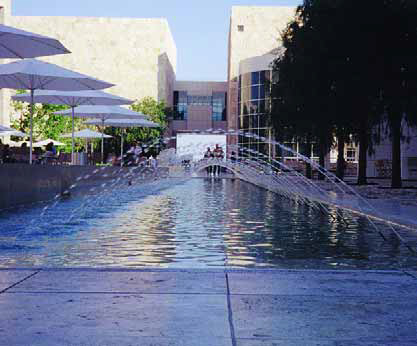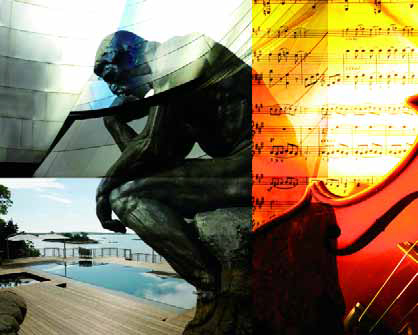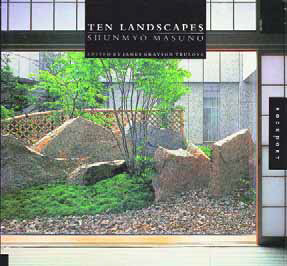inspiration
What’s the use of knowing about history? For many of us, the answer to that question seems so obvious that it comes as a shock to find out just how many people in the watershaping and landscape fields don’t grasp the all-encompassing significance of our collective past – but it shouldn’t. Using my own career as an example – and even though I now spend a considerable amount of my time teaching professionals and university students all about art and architectural history – I confess that I waltzed through more than a few early years as an aspiring landscape architect and watershaper in blissful ignorance of
One of the compliments we appreciate most at Root Design Co. is when people say that no two of our projects look alike. Indeed, we pride ourselves on being able to work effectively across a broad spectrum of styles and use both time-tested and innovative building methods in ways that let us focus on details and on making certain we’re always generating work that speaks directly to our clients’ unique tastes and desires. To maintain our edge, we limit the number of projects we tackle each year and, at the same time, seek out clients whose enthusiasm matches our own when it comes to pursuing
You don’t have to be a physician to know that watershapes offer profound benefits when it comes to health, fitness and wellness. Indeed, most people know that swimming and other forms of activity in water are, along with hydrotherapy, among the healthiest of all activities known to us mere mortals. Unfortunately, and for reasons that escape me, promoting the value of that connection has never spent much time on our industry’s front burner. My own curiosity about the topic recently led me to seek published resources, and I’m sad to say that my search hasn’t yielded much. It reminds me of my early days in this industry and a time long ago when I craved books that would inspire my design work: For a long time, there wasn’t much to find – but that’s all changed now. My hope is that the case with water-related health and wellness is the same and that it will soon become a
Dream jobs seem to come in bunches for watershapers: If you do the best work you possibly can, apply your education, stand by your work and, most of all, leave your clients happy, nice things that happen with one job seem to lead almost inevitably to other great jobs. That’s exactly what happened with this project: I was led to it by satisfied clients who became my best salespeople and told all their friends how delighted they were with the work we’d done and how much they were enjoying the results. By the time I actually met this new client, there was no question about us having the inside track; indeed, we just jumped right into the job’s specifics. From the start, we were given tremendous creative freedom, there was no big concern about budget and the work was all about
Not to diminish the painted ponies of The Wizard of Oz, but Steve Mann’s hydraulophones are horses of a different color. These watershapes come in all sorts of shapes and sizes, from landmark centerpieces that have the sculptural grandeur of pipe organs all the way down to water-flutes that resemble brightly colored tadpoles. What’s most remarkable about these devices isn’t just their structural and artistic variety or the ways they look as visual art: It’s the sounds they make. At first, the natural comparison is to a pipe organ, but as you listen, a variety of shadings and other sonic reverberations emerge, slip and slide around you. What’s more, hydraulophones invite people to insert their fingers into the jetting water to shape the sound and squeeze out the shape of each note, and a variety of sonic textures are possible depending upon
Many great artists are best known for working in identifiable genres, styles or modes or with specific materials, themes or some other defining detail. From Picasso’s cubist abstractions to Mozart’s cascading melodies or Rodin’s bronzes to Frank Gehry’s sweeping architectural forms, geniuses of all stripes are in one way or another known for qualities that are distinctly theirs. The same holds true for many watershapers, especially those working at the top of the field. While many of us (myself included) cross the lines that divide distinctive modes, styles and genres, even the most free-spirited among us can be
For a long time now, I've been dismayed by what I see when certain of my fellow watershapers attempt to incorporate "natural" elements into their pool designs. The ubiquitous piles of rocks and the odd grottos slapped onto the ends of freeform pools are so common I can only conclude that too few of us know any better. This has led me to seek out design guidance that can teach us all how to do a better job of representing nature in our work - a quest that inevitably brought me to books on Japanese gardens. What I've found here is a tradition filled with concepts that transcends cultural boundaries and can easily be applied to projects in any number of styles or settings. It's all about the disciplined and detailed use of
For a long time now, I've been dismayed by what I see when certain of my fellow watershapers attempt to incorporate "natural" elements into their pool designs. The ubiquitous piles of rocks and the odd grottos slapped onto the ends of freeform pools are so common I can only conclude that too few of us know any better. This has led me to seek out design guidance that can teach us all how to do a better job of representing nature in our work - a quest that inevitably brought me to books on Japanese gardens. What I've found here is a tradition filled with concepts that transcends cultural boundaries and can easily be applied to projects in any number of styles or settings. It's all about the disciplined and detailed use of
We may be well into our ninth year of publication, but I'm still amazed and often amused by the ways that some people choose to describe WaterShapes. I've heard some armchair critics, for instance, dismiss us "a pool magazine that covers ponds," "a pond magazine that covers pools" or "a fountain magazine with
We may be well into our ninth year of publication, but I'm still amazed and often amused by the ways that some people choose to describe WaterShapes. I've heard some armchair critics, for instance, dismiss us "a pool magazine that covers ponds," "a pond magazine that covers pools" or "a fountain magazine with





















